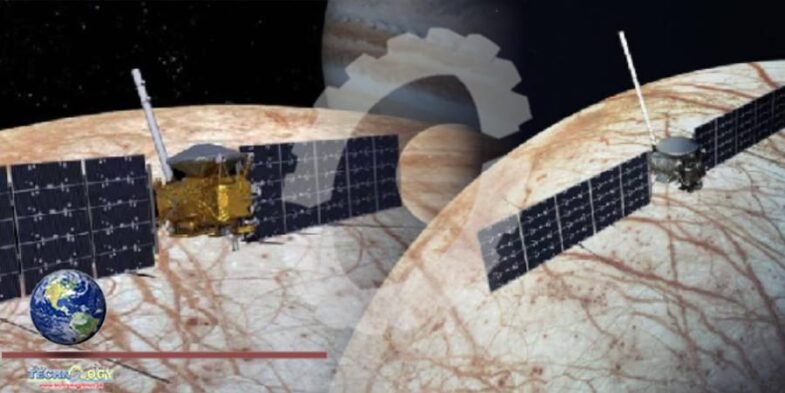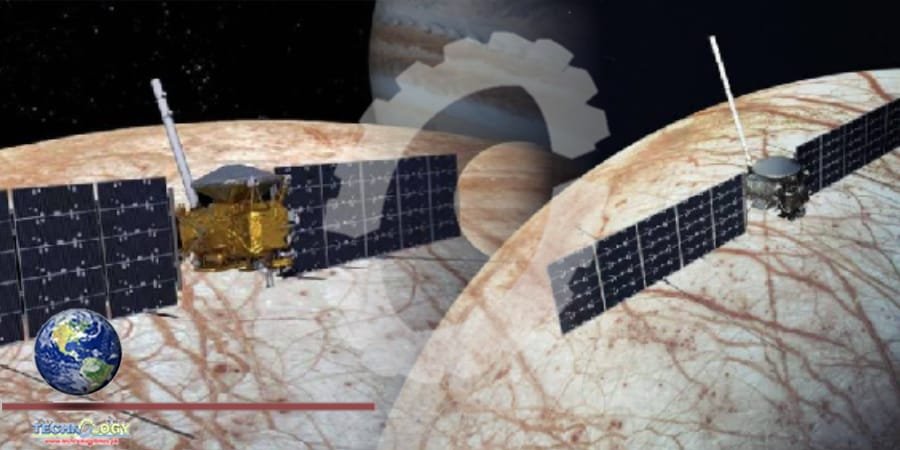Nearly a half century after NASA’s Clipper Viking missions to Mars first landed on the red planet, hopes of quickly settling the centuries-old debate about whether Mars harbored extant or even ancient life have long since faded. In the intervening decades, planetary scientists have finally come to grips with just how difficult it is to determine whether Mars or any other planet shows signs of microbial life.

About the size of an SUV, NASA’s $4.25 billion mission dubbed ‘Europa Clipper’ will the gamut everything from the depth and salinity of the ocean to the thickness of the ice crust. It will also look for organics like sulfates, and carbonates. Due to launch in October of 2024, Clipper is scheduled to make its first encounter with Europa on March 7, 2031. Or nearly seven years after launch. From its long orbit around Jupiter, the Clipper spacecraft will make some 50 close flybys of Europa itself.
If you asked a Viking scientist ahead of the Viking launch, I’m sure they’d say, ‘sure, we’ll know in a couple of years’ whether there’s life on Mars, planetary scientist Robert Pappalardo, the Europa Clipper project scientist at NASA’s Jet Propulsion Laboratory, told me. But that was overly optimistic, because what we’re doing is very, very hard, he says.
This illustration depicts scientists’ findings about what the interior of Jupiter’s moon EuropaeSlightly smaller than Earth’s Moon, Europa’s water-ice shell is probably 10 to 15 miles thick, beneath which the ocean is estimated to be 40 to 100 miles deep. Europa is gravitationally locked with jupiter and orbits our solar system’s largest planet every 3.5 days. Its seafloor may still be undergoing volcanic and/or hydrothermal activity that could offer subsurface life a steady supply of nutrients via chemical synthesis.
Exceptional Fossil Preservation Suggests That Discovering Dinosaur DNA May Not Be ImpossibleYet if we were able to fly through a water-rich vapor plume blasting from Europa’s surface, one that happened to be teeming with microbial life, then maybe there’s a chance that Clipper could detect indirect signs of life, says Pappalardo “But we don’t understand a lot about how Europa works, so our mental picture of it is sure to be wrong,” said Pappalardo. “Our view of Europa is going to be reshaped when we get there.”
Source:Forbes
